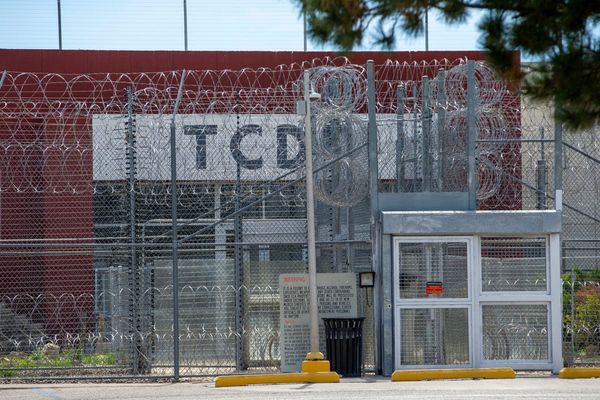
One of the biggest challenges in retirement is figuring out how much to spend each year without outliving your money. While many retirees set a flat annual budget, real life doesn’t unfold so neatly. Expenses rise and fall, from early years of travel and hobbies to later years when healthcare takes center stage. That’s why year-by-year budgeting can be a more realistic and effective approach. Here are seven retirement budgets that match real-world spending patterns.
1. The Front-Loaded Budget
In the first five to ten years of retirement, many people want to travel, explore hobbies, and enjoy their newfound freedom. The front-loaded budget allocates more money early on to make these experiences possible. As energy and mobility decline, spending naturally tapers off, so less is needed later. This approach ensures retirees don’t delay dreams until it’s too late. It’s about enjoying your healthiest years without guilt.
2. The Healthcare-Heavy Budget
For some retirees, especially those with medical conditions, healthcare becomes the largest line item. This budget sets aside significant amounts for insurance premiums, prescriptions, and out-of-pocket costs. The allocation grows over time, reflecting the rising need for care in later years. It ensures that surprises don’t derail financial stability. Planning for healthcare upfront brings peace of mind and realistic expectations.
3. The Travel-and-Explore Budget
Not every retiree dreams of staying close to home. The travel-and-explore budget dedicates resources to regular trips, from cruises to international adventures. These costs peak in the first 10–15 years, when retirees are healthier and more mobile. Later years scale back to local travel or visiting family. This year-by-year approach accounts for changing energy levels and shifting priorities.
4. The Downsizer’s Budget
Some retirees move into smaller homes or lower-cost areas to stretch their savings. The downsizer’s budget reflects big one-time expenses early, such as moving costs, renovations, or new furniture. After the transition, expenses often fall, leaving more room for leisure and healthcare spending later. By frontloading the move, retirees lock in lower ongoing costs. This budget style works well for those who want a simpler lifestyle.
5. The Inflation-Adjusted Budget
Inflation is the silent enemy of retirement. An inflation-adjusted budget builds in rising expenses year after year to preserve purchasing power. Even if spending habits stay steady, costs creep higher, so the budget accounts for 2% to 3% increases annually. This gradual adjustment ensures retirees don’t wake up shocked by rising grocery or utility bills. It’s a realistic way to keep your lifestyle intact across decades.
6. The Legacy-Friendly Budget
Some retirees want to leave money behind for children, grandchildren, or charities. The legacy-friendly budget prioritizes modest spending now to preserve principal for later. It focuses on covering essentials, while limiting extras like luxury travel or frequent upgrades. Each year’s budget balances current comfort with future giving goals. This disciplined approach appeals to those who value impact beyond their own lifetime.
7. The Hybrid Budget
Real life rarely fits one model, which is why many retirees prefer a hybrid. This budget may start front-loaded for travel, transition to steady spending with inflation adjustments, and grow healthcare costs later. The hybrid approach adapts year by year, reflecting changing needs and desires. It’s flexible without being chaotic. By blending strategies, retirees create a plan that feels sustainable and realistic.
Why Year-By-Year Budgeting Matters
Flat annual budgets ignore the natural rhythm of retirement. Life unfolds in phases, from adventurous beginnings to more home-based, healthcare-driven years. Year-by-year budgets capture these shifts, reducing stress and avoiding overspending or undersaving. They bring clarity to the uncertainty of retirement. Most importantly, they allow retirees to enjoy life while knowing their money can last the distance.
Which retirement budget style best fits your vision for the future? Share your perspective in the comments below.







